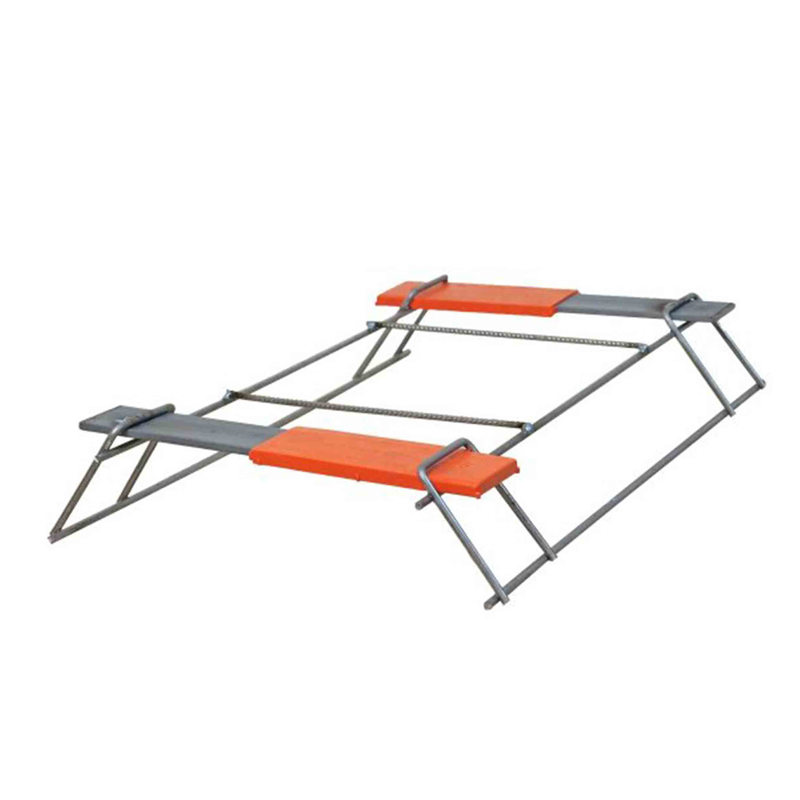
- Mobile Phone
- +8613931874955
- sales@cntcmetal.com
Understanding the Functionality and Applications of Tension Coil Springs in Various Industries
Understanding Tension Coil Springs Function, Design, and Applications
Tension coil springs are essential components in various mechanical systems, providing a reliable means of applying force through extension. These springs operate under the principles of elasticity, where the material returns to its original shape after being stretched. Their primary function is to exert a pulling force when they are stretched, making them an integral part of numerous applications in everyday life, from automotive systems to household appliances.
The Function of Tension Coil Springs
At the core of a tension coil spring's functionality is its ability to store potential energy. When a force is applied that stretches the spring, the energy is stored until the force is removed. The spring then converts this potential energy back into kinetic energy, allowing it to return to its resting state. This behavior is described by Hooke’s Law, which states that the force exerted by a spring is proportional to its extension or compression, up to a certain limit known as the elastic limit.
This stretching allows tension coil springs to compensate for movements and loads in various applications. For example, in automotive suspensions, tension springs help absorb shocks and maintain vehicle stability by moderating the impact of road surfaces. In industrial settings, these springs can be used in assemblies where parts need to be pulled together or aligned precisely, playing a crucial role in maintaining structural integrity.
Design and Material Considerations
The design of tension coil springs involves several factors that contribute to their performance. Key considerations include the wire diameter, spring diameter, number of coils, and the material used. Most commonly, tension coil springs are made from high-carbon steel, stainless steel, or a variety of other alloys that provide the required strength and elasticity.
The geometry of the spring is also critical. For instance, a spring with more coils can provide a softer, more compliant action, while a spring with fewer coils will generally be stiffer. Manufacturers often employ finite element analysis (FEA) to simulate spring performance under various loads and conditions, ensuring that the final design meets the necessary specifications for strength and durability.
Applications of Tension Coil Springs
tension coil spring

Tension coil springs are ubiquitous in many industries. They are commonly found in
1. Automotive Applications From seat belt retraction mechanisms to hood latches, tension springs ensure reliability and functionality in vehicles.
2. Home Appliances They are used in washing machines, dryers, and even kitchen appliances to facilitate easy operation and enhance performance.
3. Industrial Machinery In conveyor systems, packaging equipment, and other industrial machines, tension springs help manage moving parts and ensure smooth operation.
4. Electronics Their lightweight and compact design make them ideal for use in various electronic devices, where they can help keep components in place or assist in the operation of mechanisms.
5. Sports Equipment Many sporting goods utilize tension coil springs to enhance performance, such as in trampolines, resistance training equipment, and more.
Conclusion
In conclusion, tension coil springs play a vital role in the functioning of countless applications across different industries. Their ability to store and release energy makes them indispensable for achieving desired mechanical movements and providing necessary force. As technology advances and industries evolve, the design and application of tension coil springs will continue to innovate, ensuring their place as a fundamental component in modern engineering. Understanding their operating principles, design considerations, and various applications underscores the importance of these simple yet effective mechanical devices in our everyday lives.
share:
-
Why Sacrificial Formwork Is Redefining Underground ConstructionNewsJun.06,2025
-
The Structural Dynamics of Modern Concrete: How Snake Spacers Revolutionize Flexible ReinforcementNewsJun.06,2025
-
Snake Spacers Smart-Lock Concrete Reinforcement with Surgical PrecisionNewsJun.06,2025
-
Snake Spacers: Reinforcement Precision for Modern Concrete ProjectsNewsJun.06,2025
-
Snake Spacers Powering Concrete's Structural DNANewsJun.06,2025
-
Slither into Success: Snake Spacers' Precision Bite for Unbreakable ReinforcementNewsJun.06,2025
-
Sacrificial Formwork: Building Stronger, Faster, and Safer StructuresNewsJun.06,2025



















